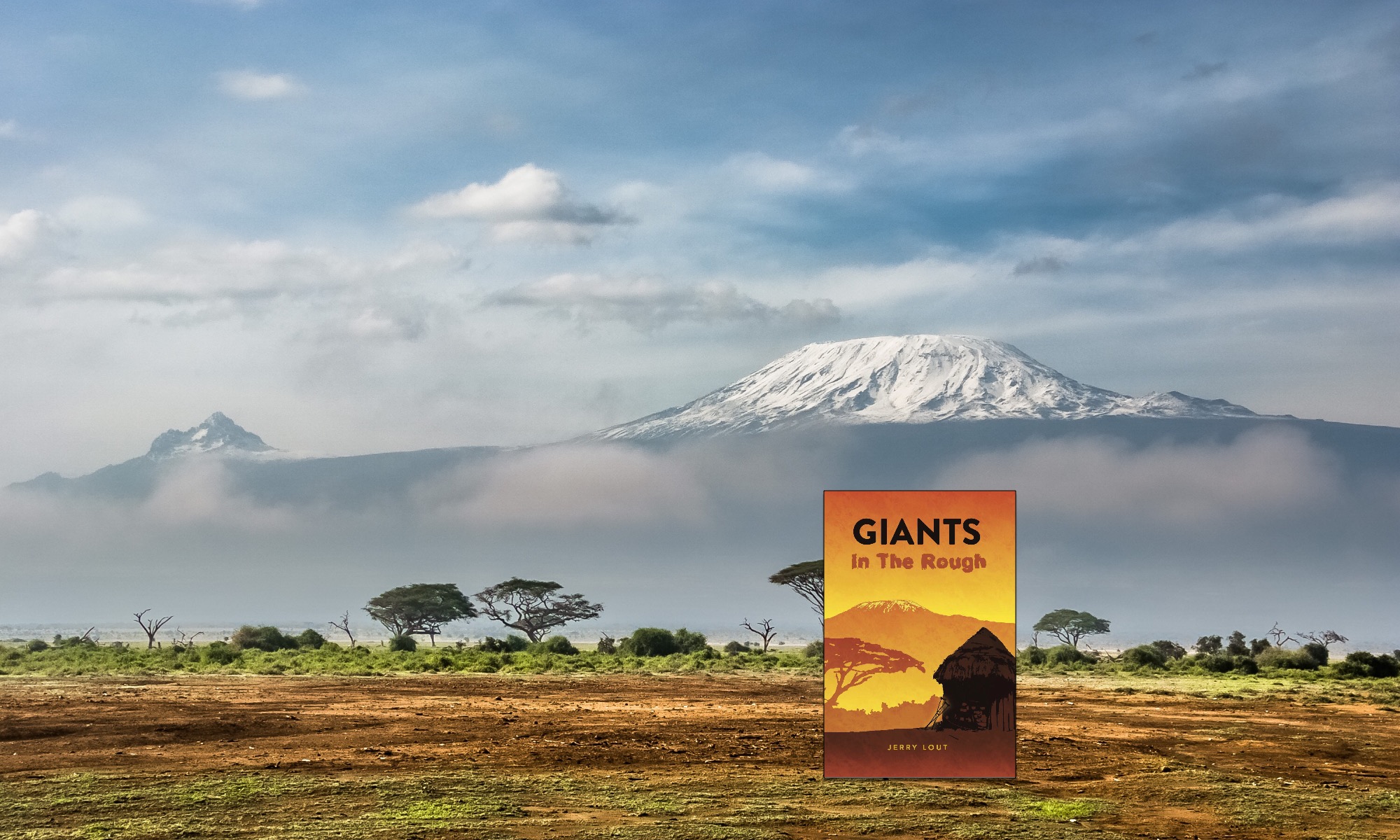Although her length and breadth boasts an imposing 1.7 million square miles and hosts a vast mix of ethnicities, each individual inhabitant of the Indian Subcontinent is ‘a story being written’. Through the many years since our meeting, Nuren’s story leaves me smiling and, frankly, in wonder.
When Nuren arrived in Michigan he brought with him a rich heritage of India family and culture. Hearing Nuren recall his grandfather’s role in shaping his life is itself an excursion into a generations-long treasure. While his Hindu upbringing instilled elements that framed some of his worldview, Nuren’s insatiable quest for deeper meaning gave rise to relentless questions.
When a married couple, Amit and Glory – also from India and also student-residents in the Wolverine State – happened to cross paths with Nuren, a bond of friendship began forging. So much so that when the couple moved to Tulsa on a snowy January day for Amit’s further studies, their friend Nuren found every excuse to stay in touch.
Through a host of phone visits and added long drives to Tulsa, Nuren’s questions about the intersection of personal life and the Christian faith were earnestly posed. In a sustained environment of warmth and hospitality, his friends in T-town never wearied of the visits. To the contrary, Amit and Glory continually welcomed their keen-minded, inquisitive friend. Glory’s tasty curries found their way to the simple dining table around which robust questions and the occasional prayer were brought forward.
On a warm Summer day a couple of years after Nuren’s first Tulsa visit, we gathered at the home of veterinary friend Jim Osborn. The water temperature of Jim and Pam’s above ground pool was just right.
While further questions (some not yet thought of) would remain unaddressed for a time, our hungry-for-truth friend Nuren was ready to respond to Jesus’ call, “Come, follow”.
A fresh dry towel appeared. Broad smiles, perhaps a tear or two, touched the faces of several gathered. Glory and Amit beamed. We entered the pool.
“So now, upon the profession of your faith. . in the name of the Father and of the Son and of the Holy Spirit. . .”
©2024 Jerry Lout

